The Young and the Restless: Montana’s youth are itching to ride
Originally posted on May 21, 2019 at 0:01 am by David Tuckerby David Tucker
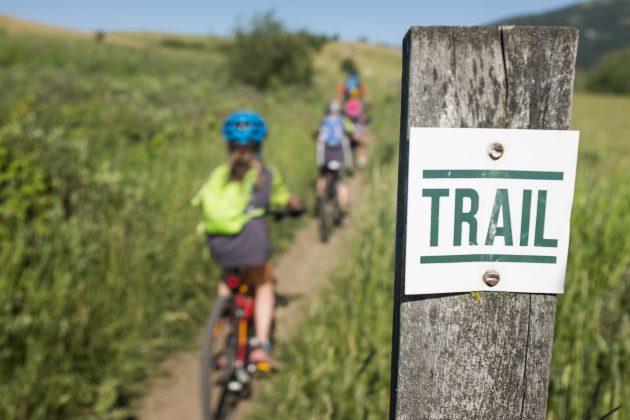
It’s late afternoon and the air has a bite to it. The heat of summer is gone, replaced by the angular and indirect sunlight of fall. Four grade-schoolers huddle together while their mate sits on his bike, poised above a miniature tabletop, waiting anxiously to drop in.
“Can I send it?” he says, as if reciting lines from the latest viral Red Bull edit.
“Send it!” they yell back in unison.
He shakily mounts his bike, body weight forward, balanced on his pedals. He hits the tabletop too slow and knuckles on the transition, a fate we’ve all shared. No matter—he gets cheers and congratulations from his friends.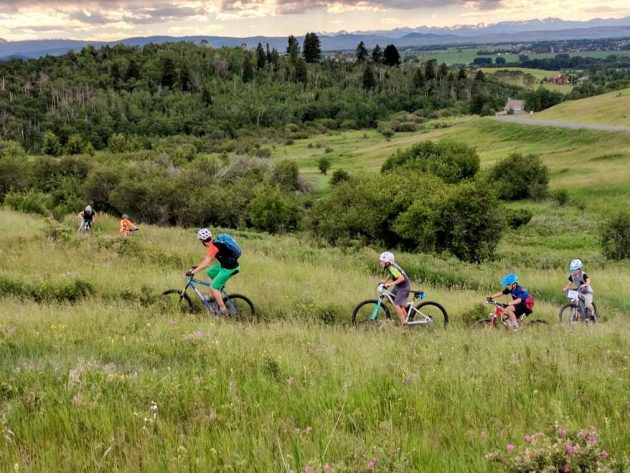
This was the scene two autumns ago, just after the first trail at Copper City was completed. Copper City is a project of the Southwest Montana Mountain Bike Association, a regional advocacy group, and the system was built on Bureau of Land Management land. Without knowing it, these groms were exercising their access privileges, taking full advantage of public access to widespread public lands.
Two years later, Copper City features almost 20 miles of trail, with more slated for construction this summer. The system sits about 30 minutes west of Bozeman near the town of Three Forks in the arid foothills above the Missouri River headwaters. While there are trails for all levels of riding, the Green Eagle loop, where our future freeriders were learning the ropes, was built specifically with families and beginners in mind. Much of the region’s riding is strenuous, with long climbs punctuated by technical descents. Copper City is the perfect initiation for the next generation.
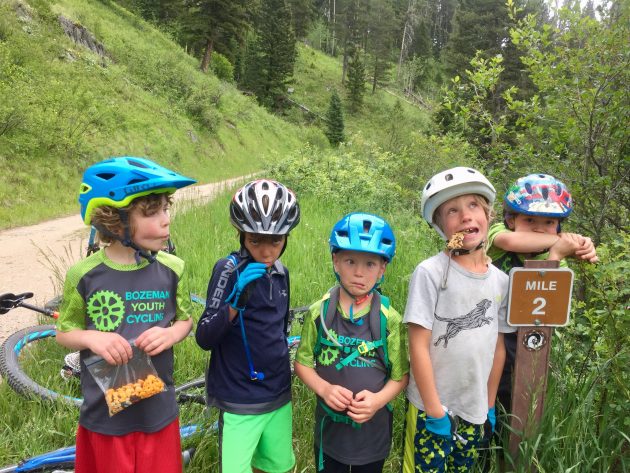
And the timing couldn’t be better. As populations around Montana boom, primarily driven by public-land access and outdoor recreation, amenities like Copper City are becoming more and more critical for the development and growth of local mountain biking. The Montana Interscholastic Cycling League launched in 2017 as a Project League of the National Interscholastic Cycling League (NICA). Programming is still in the planning stages, but coaches are already fielding dozens of inquiries. “Interest level is high,” says Sam Schultz, league director. “Team directors in each league are getting lots of requests to join teams, and they haven’t started any sort of outreach yet. It’s pretty cool to hear.”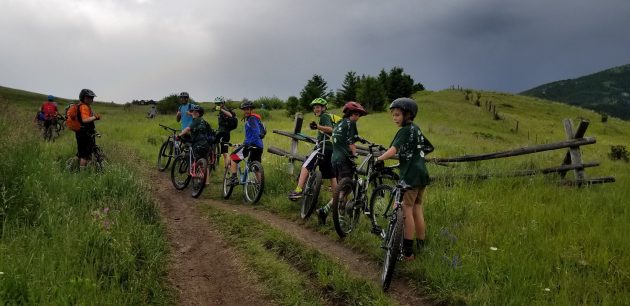
While permitting has posed a challenge for teams wanting to use public lands for training and racing, Schultz still stresses the importance of public lands for the next generation. “Public lands are extremely important to every mountain biker, and we’re trying to create lifelong riders and advocates. Right now, our focus is on getting the league started, but NICA has put a lot of effort into the ‘Teen Trail Corps’ program nationally and it is pretty cool. We certainly plan to adopt and add it to our programming as soon as we can.”
Molly Bowman, executive director of Bozeman Youth Cycling (BYC), echoes Schultz’s observations about public-land permitting. According to Bowman, permitting adds costs that make programming more expensive and less accessible to a broad range of participants. Still, BYC has grown exponentially since it was founded four years ago and Bowman expects over 250 kids on bikes in the Gallatin Valley this summer. “Interest level for kids under 18 is huge and still growing,” says Bowman.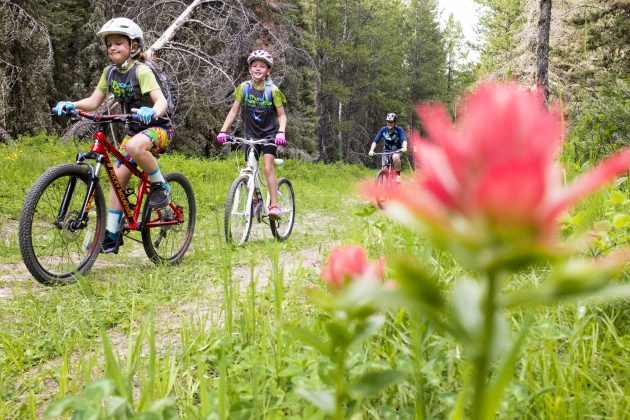
Interest in trail work and public-lands stewardship is growing, too. “We are fortunate to be surrounded by public lands—both Forest Service and BLM—that are easily accessible.” She goes on: “Prior to the beginning of every season, all our coaches receive trail etiquette training from the Gallatin Valley Land Trust (GVLT). Trail etiquette and helping foster the next generation of good trail stewards is a priority of BYC and part of our mission statement. In addition, we also partner with GVLT and the Southwest Montana Mountain Bike Association to sponsor and support trail crew events.” While Bowman reiterates that access to public land for programming is a challenge, she stresses its importance to local families. “Public lands are huge. Kids and their families so enjoy getting outside,” she says.
As Montana’s biking population continues to grow, access to public lands will be essential to the sport’s development. So will leadership from the likes of Bowman and Schultz, and the focus on public stewardship of a valuable public resource.